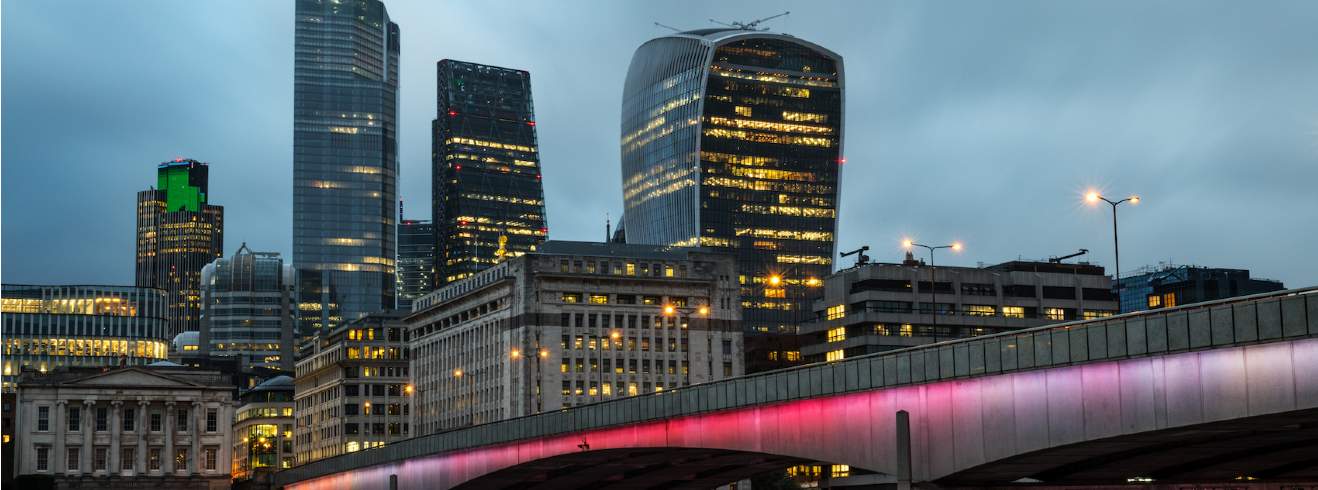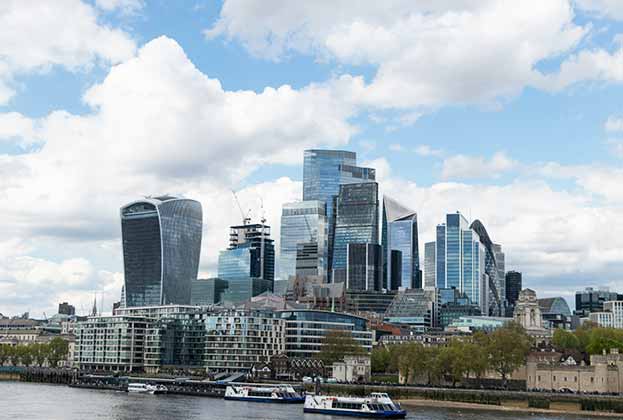As the latest commercial investment figures are released it becomes clear that investment volumes have been more constrained than in recent years, with the year-end investment estimates showing around £11 billion in transactions for Central London offices, compared with £19.7 billion last year.
Following a subdued H1 for the Central London market, Q3 experienced an encouraging spurt of growth in investment activity with £2.77 billion trading, a 50 per cent increase on the previous quarter. There were three notable transactions in Q3 each in excess of £200 million: 8 Finsbury Circus, Salisbury Square House and BT’s former headquarters at 81 Newgate Street. However, since then, transactions have fallen back and as it stands we will have one of the poorest years of investment volumes since 2009.
So what is the market responding to? The anticipated outflow of businesses following the EU referendum just hasn’t happened, indeed we’ve seen businesses keen to set up and expand their presence in London. According to Reuters, around 2,000 jobs have moved out of the UK in preparation for Brexit, vastly below earlier estimates of approximately 200,000. In some submarkets rents are rising and there are several major businesses looking for new office space. The consensus is that while investment turnover is low, the Central London office market is doing well with healthy demand for space at the occupational level. In Q3, the vacancy rate stood at 4.7 per cent, below the 10-year average of 5.5 per cent.
Furthermore, Aviva Investors ranks London as top of its league table of European growth prospects that will experience the greatest future demand for office space in its recent research. What this reinforces is that London is and always will be an international hub attracting global businesses and talent.
So why are investment volumes down? Buyer confidence is a key issue. On a recent trip to Asia a sizeable number of private family offices and institutional investors expressed their long-term confidence in London. Following a Brexit deal, one senses these funds will be flowing more readily into the UK market. However, the recent noise around Brexit has become louder around the globe, and while for many it was a buying opportunity, especially with a weaker pound, today many are taking a wait and see approach.
The lack of product remains another key factor for the decrease in transaction volumes on previous years, with volumes for the first nine months of the year down 53 per cent on the same period in 2018 and 30 per cent below the 10 year average.
But these lower turnover volumes aren’t just a London phenomenon, turnover is down in all gateway cities from New York to Singapore. We’ve enjoyed an extended cycle and the amount of tradeable stock is now in the hands of investors who wish to own for longer.
There’s certainly a view from some owners that selling now before Brexit is concluded means missing out on some potential improvement in value. There have been several examples recently of sellers changing their mind once engaged with potential buyers. Considering the discount on Central London prime yields with those of similar stock in the major European Cities then sellers could be forgiven for taking that view.
Moving into Q4, a quarter that is traditionally the most active, we expect activity to be more measured as a result of the well documented uncertainty. While there’s a significant weight of capital targeting London, primarily driven by low currency rates and more attractive returns than offered by competing European and global markets, the lack of stock will continue to impact activity. We will wait and hope that 2019 is just a one off.
Further information
Real Estate Insights Podcast: London office investment transactions have fallen by almost 50%. Why?





.jpg)

.jpg)


